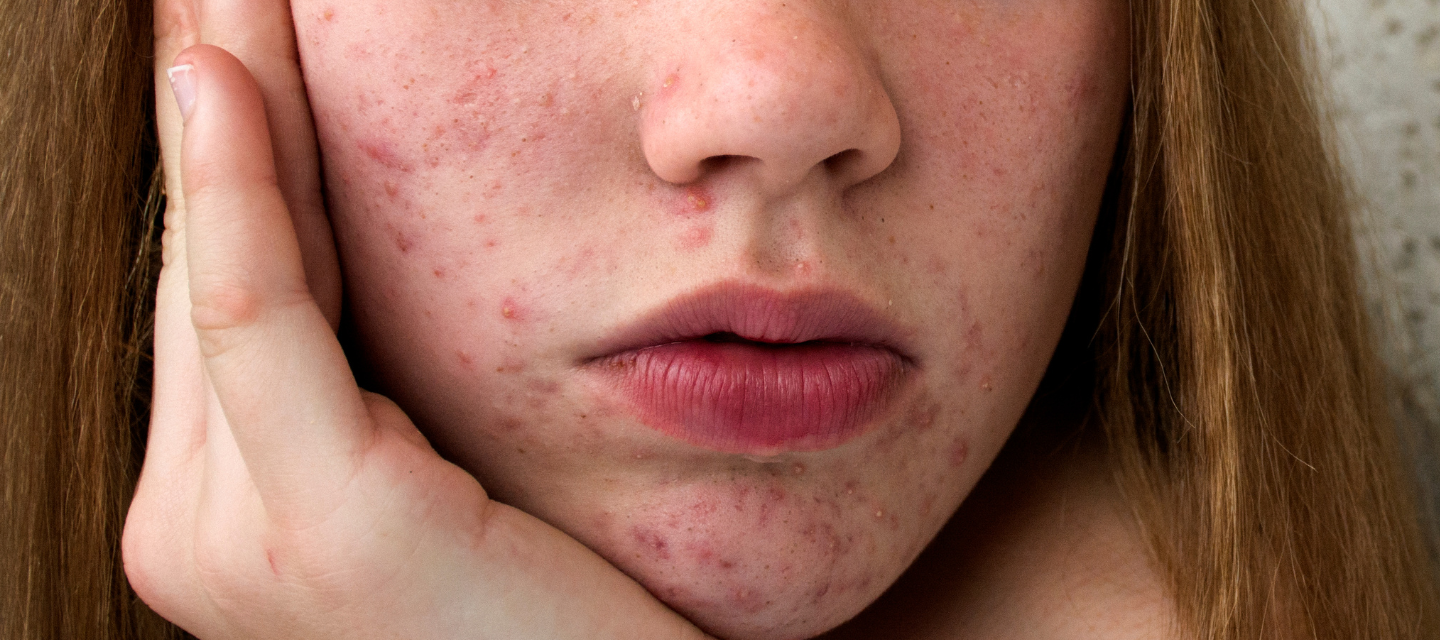
What is EATC?
Your skin speaks in its own gentle way. Every breakout, pore, or change in texture is not just something to fix but a message about what your skin truly needs.
At LuluLab, we believe in listening closely and responding with kindness, not frustration. That is why we developed the LuluTI (Skin Code), a thoughtful guide to help you understand your skin’s story and how best to care for it.
If your AI skin analysis showed EATC, know that many people share this skin type. We’re here to help you understand and care for your skin’s unique needs with kindness and support every step of the way.
Understanding Your Skin Type: EATC
E = Elasticity
Why it matters:
Your skin is smooth, free from wrinkles or fine lines, and feels firm and resilient. This is often linked to healthy renewal and the ability to recover from movement or stress. Still, it may change over time due to:
→ UV exposure can affect collagen and elastin
→ Dehydration that may weaken skin structure
→ Stress or poor sleep that slows natural repair
What your skin might be telling you…
Your skin is showing healthy strength and resilience. With the right care, it can stay firm and bounce back easily from daily stress.
A = Acne
Why it matters:
Acne happens when pores get clogged by excess oil and dead skin cells. Hormones, oiliness, dryness, inflammation, and irritants can all trigger breakouts, especially during hormonal changes like puberty or menstrual cycles. It can also occur due to:
→ Hormonal shifts
→ Excess oil and dead skin buildup
→ Inflammation and external irritants
What your skin might be telling you…
Your skin may need a gentle, balanced routine that controls oil, clears pores, and calms inflammation without irritation.
T = Texture
Why it matters:
Enlarged or visible pores are often a sign that your skin is asking for balance. Texture concerns can show up for different reasons depending on your age and skin history. Even if you’re not currently experiencing breakouts, your pores may still appear prominent due to what your skin has gone through in the past. It can also be triggered by:
→ Overactive oil glands
→ Loss of firmness and structure
→ Post-acne scarring or inflammation
What your skin might be telling you…
Your skin is signaling a need for gentle care to restore smoothness and balance. Regular, gentle exfoliation combined with consistent hydration can help reduce the appearance of pores and improve overall texture over time.
C = Clear
Why it matters:
Your skin shows no visible pigmentation, such as dark spots or freckles. This indicates an even tone without marks from acne or sun damage. However, it may still be affected by:
→ UV exposure that encourages dark spot formation
→ Inflammation after acne that leaves lasting marks
→ Hormonal shifts that cause uneven pigmentation
What your skin might be telling you…
An even tone can shift over time. Gentle, consistent protection now can help keep your complexion bright and balanced for years to come.
The EATC Connection: How Each Trait Influences the Other
Your skin’s characteristics often interact, sometimes supporting each other and other times creating unique challenges. With EATC skin (elasticity, acne, smooth texture, pigmentation), certain traits may be connected in ways that influence your skin’s overall appearance and feel. These are general insights, not strict rules, drawn from common patterns seen in similar skin profiles.
LuluTI | What it means | What helps |
|---|---|---|
E-T: Elasticity with Texture (Enlarged Pores) | Your skin likely has good firmness, often found in younger skin, but enlarged pores are visible because of active oil glands and inflammation from current or previous acne. | Balancing oil production and providing hydration to smooth texture and aid skin healing. |
A-T: Pores linked to acne inflammation | You may have current breakouts or healed acne that has resulted in noticeable pores | Treatments that gently soothe inflammation and control oil, combined with careful exfoliation, could help reduce pore appearance and calm acne over time. |
Because of this, EATC skin tends to respond well to a routine that maintains firmness, gently balances oil and breakouts, preserves smoothness, and offers protection against pigmentation.

